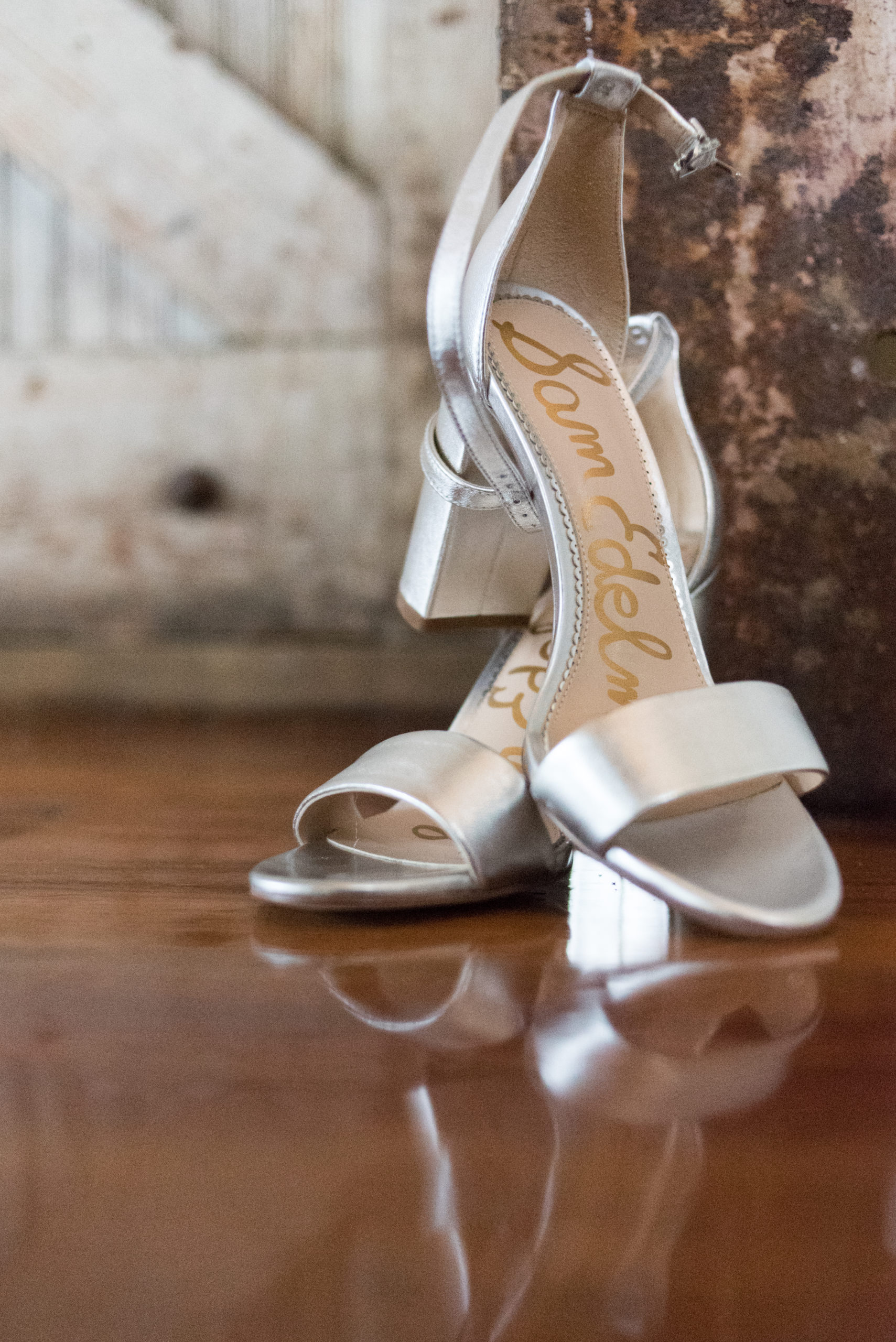Affordable Prime Lenses for Nikon Users
Are you looking for affordable prime lenses for Nikon users? Choosing your photography gear can be a complicated process. Especially lenses. It can be difficult to choose which lens will be most useful for the type of photography you do, and it can also be difficult to determine if the lens you are considering will even work with your camera. To further complicate matters, lenses can be expensive, and it may seem impossible to find a suitable lens that will fit within your budget. In this blog post, I will explain what makes prime lenses different, break down some of the lens terminology, and list my favorite affordable prime lenses for Nikon users.
This post contains affiliate links. As an Amazon Associate I earn from qualifying purchases.
First, let’s examine what makes a prime lens different from other lenses. A prime lens has a fixed focal length. This means it has no zoom capabilities. This may seem like a disadvantage, but there are actually several benefits to using a prime lens. Prime lenses have large apertures. The aperture is the opening in the lens that controls how much light can enter it. The lower the number, the larger the opening, so more light. This allows for beautifully bright images, even in lower light conditions.
Prime lenses have other advantages as well. Because of the larger possible apertures, you can achieve a shallower depth of field. This allows you to capture images with beautifully soft and blurry backgrounds. This is great for portraiture because you can visually separate the subject from the background. In addition, prime lenses are often much smaller and lighter than zoom lenses. This is convenient, especially for photographers who spend many hours with their camera around their neck.
Now that we have discussed what makes prime lenses different from zoom lenses, let’s unpack the terminology you’ll encounter when comparing lenses for Nikon cameras. One of the most common Nikon lens mounts is the F-mount. A quick google search should answer which lens mount your DSLR has. When shopping for lenses, you will notice that some are labeled as DX and some are labeled as FX. These terms refer to the size of your camera’s sensor. The DX format is for crop sensor cameras and the FX format is for full-frame. You can use a full-frame lens on a crop sensor camera. But, if you use a crop sensor lens on a full-frame camera, your images will be cropped as if you were using a crop sensor camera.
So which should you buy? If you have a crop sensor camera and you don’t plan on upgrading to a full-frame in the foreseeable future, opt for a DX lens. There are many options and they are more affordable than lenses for full-frame cameras. If you own a crop sensor camera, but plan to upgrade to a full-frame camera soon, I recommend purchasing an FX lens so that you can use it on either camera with great results. If you already own a full-frame camera, you should definitely purchase an FX lens to get the full benefits of your equipment.
Next, let’s cover focal length and aperture. Which focal length is best for you? If you are just starting to add prime lenses to your collection, I recommend a 50mm or 35mm F/1.8. If you primarily photograph portraiture then a 50mm is a great option. The proportions of the resulting images look similar to real life. Another great option is the 35mm F/1.8. The 35mm is a good option for portraits, but also for landscapes and architecture. It is wider and lets you fit more of your surroundings into the image. This also makes it a great choice for shooting indoors or in other cramped spaces. These are two common focal lengths, but prime lenses come in many others, that may suit your needs better.
After you determine which focal length you need, you can choose which aperture you need, if there are options to choose among. Maximum aperture effects the price of each lens. For example, a 50mm F/1.8 will cost less than the same lens with a maximum aperture of F/1.2. The lower the number, the shallower the depth of field, and the blurrier the background. I believe that for most people the F/1.8 would be suitable. You will also see the abbreviations AF and MF. These stand for auto focus and manual focus. If you usually photograph in fast-paced situations, I recommend choosing a lens with auto focus.
Listed below are my favorite suggestions for affordable prime lenses. I have also included a few of my favorite images taken with each lens.
Nikon 50mm F/1.8 FX. (Full-Frame). Buy it here!


Yongnuo 50mm FX F/1.8. (Full Frame). Buy it here!


Yongnuo 35mm FX (Full-Frame). Buy it here!


Tokina 100mm F/2.8 (Full-Frame). Buy it here!

Do you like these options for affordable prime lenses for Nikon users? Comment below and let me know! If you would like to here about how I use these lenses to photograph weddings, feel free to contact me here.

October 2, 2020
Be the first to comment